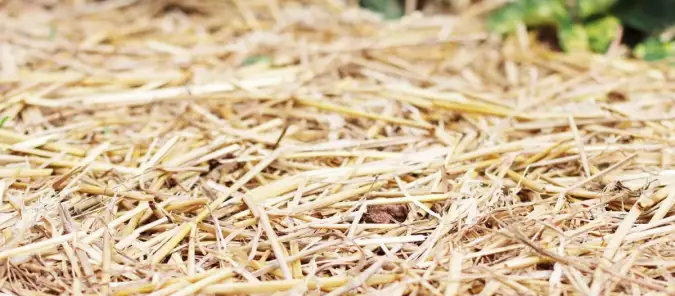Categories > Garden Design and Planning
No-Dig Method for Vegetable Gardening
The no-dig method, also known as no-till gardening, is a sustainable and organic approach to cultivating vegetables without disturbing the soil structure. This gardening technique has gained popularity among gardeners due to its numerous benefits for soil health, plant growth, and overall garden productivity. Unlike traditional gardening methods that involve tilling, digging, and turning the soil, the no-dig method emphasizes minimal soil disturbance. Instead of breaking up the soil, gardeners layer organic materials on top of the ground to create nutrient-rich soil beds where plants can thrive. By implementing the no-dig method, gardeners can improve soil structure, enhance soil fertility, and promote beneficial soil organisms such as earthworms and microorganisms. Additionally, this approach helps to conserve water, reduce weed growth, and minimize soil erosion.
Implementing the no-dig method in your vegetable garden offers several advantages:Benefits of the No-Dig Method
How to Start with No-Dig Gardening
Getting started with the no-dig method is simple and requires a few key steps:
- Choose a Suitable Location: Select a sunny location with well-drained soil for your vegetable garden.
- Prepare the Site: Clear the area of the biggest weeds and debris, and mark out the boundaries of your garden beds.
- Layer Organic Matter: Begin by layering organic materials such as compost, straw, leaves, or grass clippings directly onto the soil surface.
- Add Amendments: Incorporate additional amendments such as lava and organic fertilizer to enrich the soil and provide essential nutrients for plant growth.
- Build Raised Beds: Construct raised beds using materials such as untreated wood, bricks, or stones to contain the organic matter and create defined growing areas.
- Apply Mulch: Cover the soil surface with a thick layer of mulch to suppress weeds, retain moisture, and regulate soil temperature.
- Plant Your Vegetables: Once the garden beds are prepared, plant your vegetable seedlings or seeds according to spacing recommendations and growing requirements.
- Maintain Regularly: Monitor your garden regularly for pests, diseases, and water needs, and replenish mulch as needed to maintain soil moisture and suppress weeds.
Maintaining No-Dig Gardens
Once your no-dig garden is established, it requires minimal maintenance. Here are some tips:
- Monitor Soil Moisture: Check the moisture level of the soil regularly and water as needed, especially during hot and dry periods.
- Replenish Mulch: Add a fresh layer of mulch to the garden beds as needed to maintain moisture levels and suppress weed growth.
- Rotate Crops: Practice crop rotation to prevent nutrient depletion and minimize pest and disease buildup in the soil.
- Encourage Beneficial Insects: Plant flowers and herbs that attract beneficial insects such as ladybugs, lacewings, and pollinators to help control pests and promote biodiversity.
- Harvest Regularly: Harvest vegetables when they are ripe to encourage continuous production and prevent overcrowding in the garden beds.
- Compost Garden Waste: Recycle plant debris, kitchen scraps, and other organic materials by composting them to create nutrient-rich soil amendments for your garden.
Common Challenges and Solutions
While the no-dig method offers many benefits, gardeners may encounter some challenges:
- Weed Infestation: Persistent weeds may emerge despite mulching. Hand-pull weeds as soon as they appear, and apply additional mulch to smother them.
- Slow Decomposition: In colder climates or with certain materials, decomposition may take longer. Chop materials into smaller pieces and provide adequate moisture to accelerate decomposition.
- Pest Pressure: Some pests may still affect your crops. Use natural pest control methods such as companion planting, beneficial insects, and row covers to manage pest populations.
- Soil Compaction: Over time, soil may become compacted, limiting root growth and water infiltration. Use a broadfork or garden fork to gently aerate the soil without disturbing its structure.
Conclusion
The no-dig method for vegetable gardening is a sustainable and efficient approach that promotes soil health, biodiversity, and productivity in your garden. By following the principles of no-dig gardening, you can enjoy bountiful harvests while preserving the health of your soil and surrounding ecosystem.
Whether you're a seasoned gardener or just starting out, consider implementing the no-dig method in your vegetable garden to reap the benefits of healthy soil, abundant harvests, and a more sustainable approach to gardening.
Newsletter

